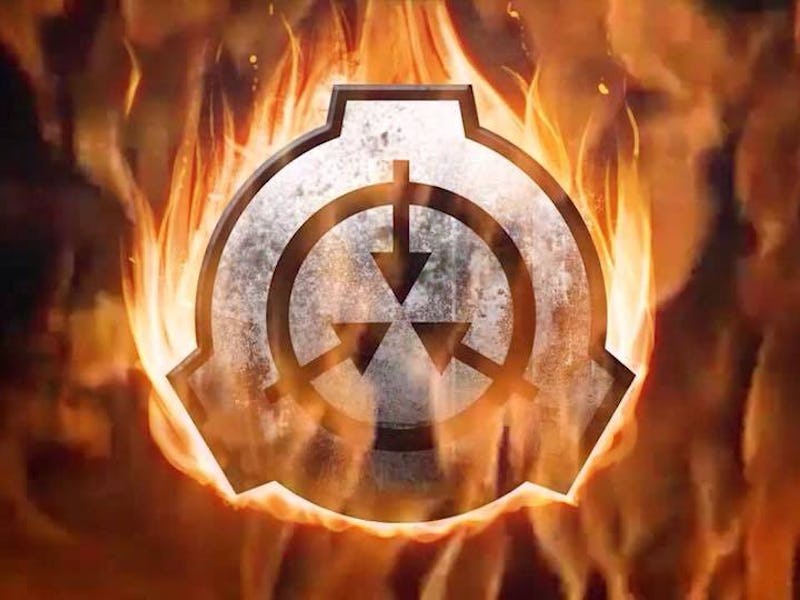SCARE SEASON | SCP, the Creepypasta for 'X-Files' and H.P. Lovecraft Fans
Bizarre and frightening fake case files for your Halloween week.

Approximately eight years after its emergence on 4Chan and the deep web, Creepypasta stories have more than infiltrated the mainstream, perhaps especially since an explanatory 2010 profile in The New York Times. They are more than just creepy tidbits to forward to coworkers around Halloween, having by this point birthed infinite aggregator sites and Wikias, and become fodder for E-books, YouTube channels, podcasts and short films.
Creepypasta is now an overwhelming and many-tentacled entity, hard to find an entry point into for outsiders. Many of us know of its biggest legends — from Slender Man, Jeff the Killer, and the Rake — but many Creepypasta sites won’t accept spin-off stories about those beloved characters anymore. Some developed a stigma because of the darker fan culture they inspired; the evil, child-bewitching Slender Man has become notorious for inspiring a real-life attempted murder. Instead, you have to filter through a lot of shoddily written, derivative, and even weakly comedic material to find a decent new ‘pasta.
The most compelling and consistent Creepypasta enclave is probably the SCP Foundation, a Wiki devoted to a special type of story — ones which most blanket Creepypasta sites won’t even accept, since they have their own chronology and conventions. SCP stands for “Secure, Contain, Protect,” and its stories are written — for the most part — in the style of case files. Each file is assigned a number, and refers to an anomalous object or being with unexplained, potentially dangerous properties.
These are not short stories or campfire ghost yarns in the traditional sense. Instead they take the descriptive, micro-fictional style of stories like the chat-room-simulating Creepypasta classic “Candle Cove” — which features the narrators recalling, in increasingly sordid detail, a disturbing children’s television show which possess a supernatural power. SCP, like “Candle Cove,” focuses on drawing strong images in an impersonal tone. The stories detail the properties of the object, and then record the results of experiments by SCP scientists and test subjects on the object. There are also creative descriptions of containment methods.
Picture of SCP-173
The inaugural SCP creepypasta — and the most popular — was the file on SCP-173, a murderous sculpture that will move and attack anyone in proximity to it if they do not maintain eye contact. Other favorites include SCP-087 — a haunted staircase in which those who enter are confronted by a pupil-less ghoul and crying from a child beneath the floor— and SCP-682, a horrifying, seemingly immortal reptile.
If you explore SCP in-depth, an extended universe emerges; the Foundation becomes an entity in a larger world. There are death row inmates who are sometimes used as guinea pigs to test the anomalies. One of the Foundation’s opponents is the Global Occult Coalition, a group who believes all paranormal phenomena should be destroyed, rather than preserved for study.
You can see how the mythology and the format of the stories would appeal to X-Files fans, but the best of these stories also owes a lot to the style of the best of early 20th century gothic horror writer H.P. Lovecraft’s work — especially his celebrated Arkham Trilogy, which introduces the legend of the squid-faced god “Cthulhu.” Like SCGs, Lovecraft’s stories feature little action, and are written in an pseudo-academic style. His narrators are poker-faced repositories of knowledge and scholarship about horrific occurrences and phenomena, propelled by the dissonance between the clinical tone and the stories he recounts.
This is what makes SCP the strongest Creepypasta form. It’s a potent formula, with stylistic limitations which make for more consistently strong results.
Please browse the annals of SCP at the Foundation’s central hub. It’s a great way to prep for (or spend) your Halloween weekend.